Financial institutions ("FI") are not often early adopters of technology.
However, they are quick followers.
And with digital transformation being the latest trend hitting FIs, there’s plenty to be excited about going forward.
As consumers continue to demand better digital experiences from their banks, we’re seeing serious investment to improve the customer experience.
Here are 7 major trends and features we can expected to see firmly take hold of FIs in the next few years.
1. Improved security

More transactions are going digital. Mortgages, savings, retirement, pensions – there are even banks that are completely digital now.
This was inconceivable even 10 years ago.
The flipside, however, is that security is even more important for the simple reason banks have more to protect.
Protecting against both intrusion (SQL injection) and interruption (DDoS attack) requires protection at both the server and application level.
And since 2016, there’s been a spotlight on institutional security at a consumer and regulatory level.
FIs will need to keep their websites and their institutions protected using new technologies like blockchain to garner and keep consumer trust.
2. Chatbot customer service
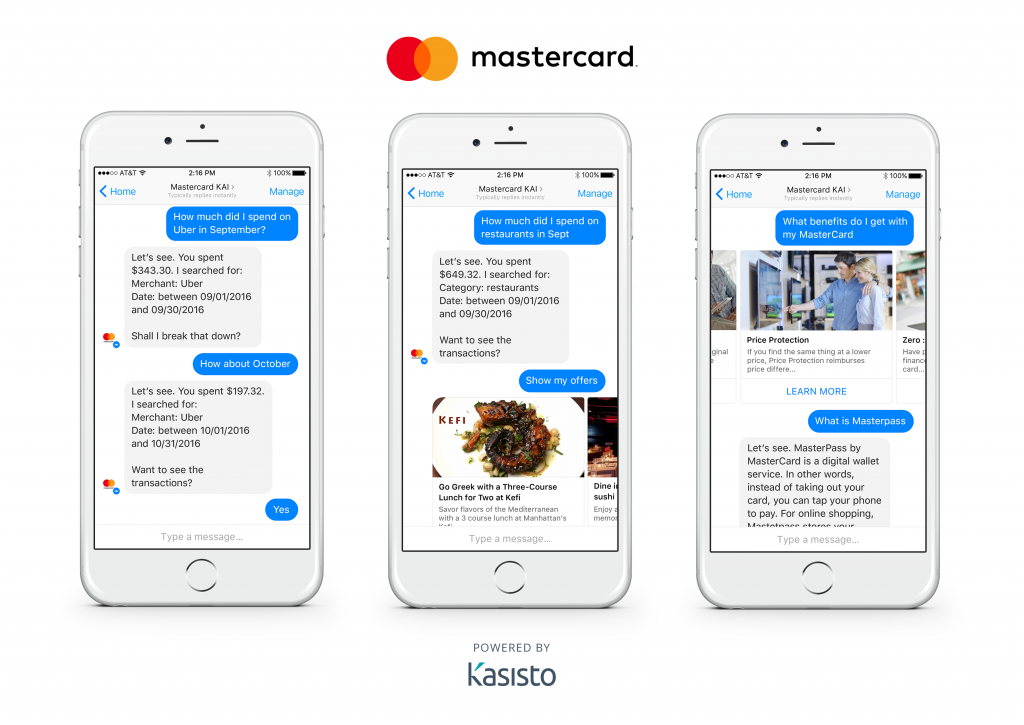
Robotics and automation have both come a long way in the last few years, and FIs are not immune. Early adopters have started strategic partnerships with incubators and startups to automate customer service functionality.
This makes a lot of sense for banks.
While finances are complicated, most customer support is going to be the same questions.
Unlike other industries which might change the situation creating the customer confusion, FIs are often restricted by regulation and their own legacy systems from doing so, creating a clear niche for chatbots.
3. Mobile apps
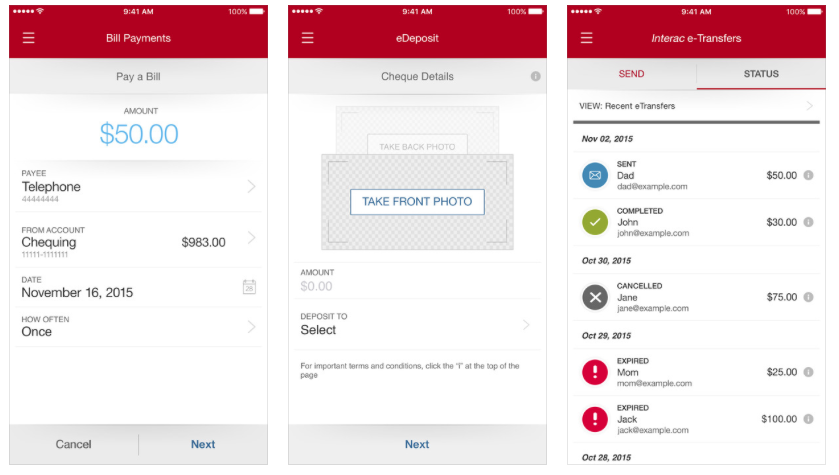
Most major banks now have mobile apps. We can expect to see a continued investment in this web tool for banks in the form of:
- Expanded in-app functionality
- Improved app experiences
- Greater personalization
But it’s not just banks. Fintech services now offer financial services like budgeting, investment, stocks, retirement plans, and savings through apps.
Digital-only banks are increasingly common, and app-based banks are not far away.
The takeaway is that the financial industry is increasingly one that can existing entirely within an app infrastructure, and increasingly, that’s the preferred mechanism for user engagement.
4. Digital first Digital only
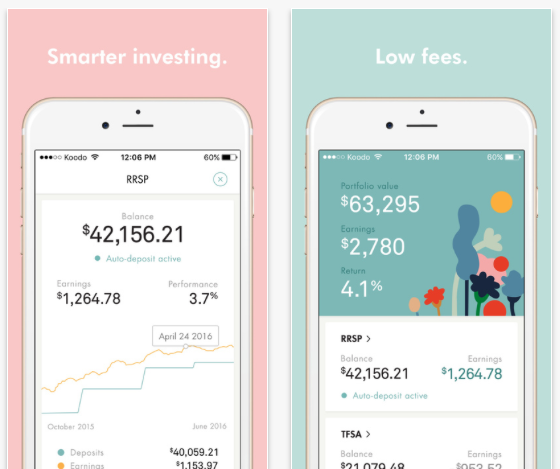
As we’ve mentioned, digital first has come and gone for banks. And other FIs are soon following.
For some perspective on this, the fintech industry was worth a reported $20 billion in 2015, up 66% from the previous year.
The message is clear: digital and money go together like bagels and cream cheese.
So what’s next?
Digital only.

Image via Tangerine
Already, products and services are cutting their costs by moving more and more things to the digital side.
But increasingly, companies are opting for digital only. Apps are the most popular example of this, but there are plenty of robust product offerings like Alliant, a credit union without any physical branches, or Tangerine, Scotiabank’s newly acquired digital-only bank aimed at millennials.
5. Consumer tools

via TD
The evolution of consumer tools hasn’t happened overnight. It’s been driven for a few years now by two key factors:
- Consumer desire for self service
- Consumer impatience with jargon-filled, technical forms.
Combined, these have created dozens of digital tools to help consumers better understand what they’re buying (or borrowing), where their money goes, and when bills are due.
Even if it’s just a starting point, they give users a chance to inform themselves before they talk to an expert.
Automated processes are being deployed to supplement expert advice. More of the buying cycle for something like a mortgage is being handled by consumers and computers than by consumers and experts.
With that in mind, tools are no longer simple conversion mechanisms. Instead, they’re doing real work to help consumers through the buying cycle.
As this trend persists, we can expect to see big integrations with complex data structures and these tools becoming smarter, more accurate, and a more integral part of the buying process.
Over time, we’ll see the consumer/expert relationship take up less and less time as tools like this work better and better.
6. Gamification of services
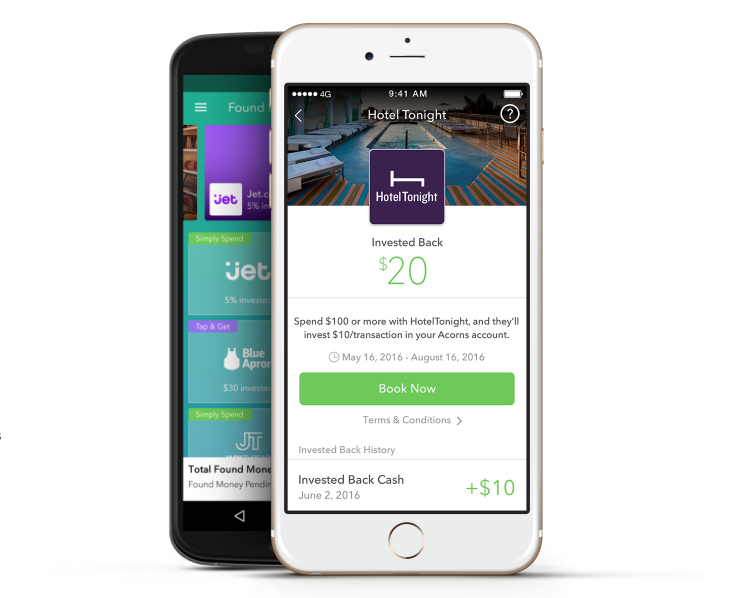
via Acorns
Games and fun are not really the first things that leap to mind when you think about financial services.
But FIs are starting to use these techniques to drive customer engagement. Acorns, for example, is an app that automatically rounds off your transactions to the nearest dollar and saves that money for you.
There’s plenty of classic gamification techniques like goal setting present throughout the app to drive positive user behavior.
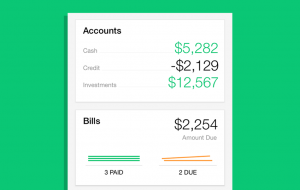
via Mint
And Acorns is hardly alone.
Apps like Mint and plenty of banks have begun to build in savings rewards programs, progress trackers, and even push notifications to their apps to gamify saving for the future.
7. Less information per page
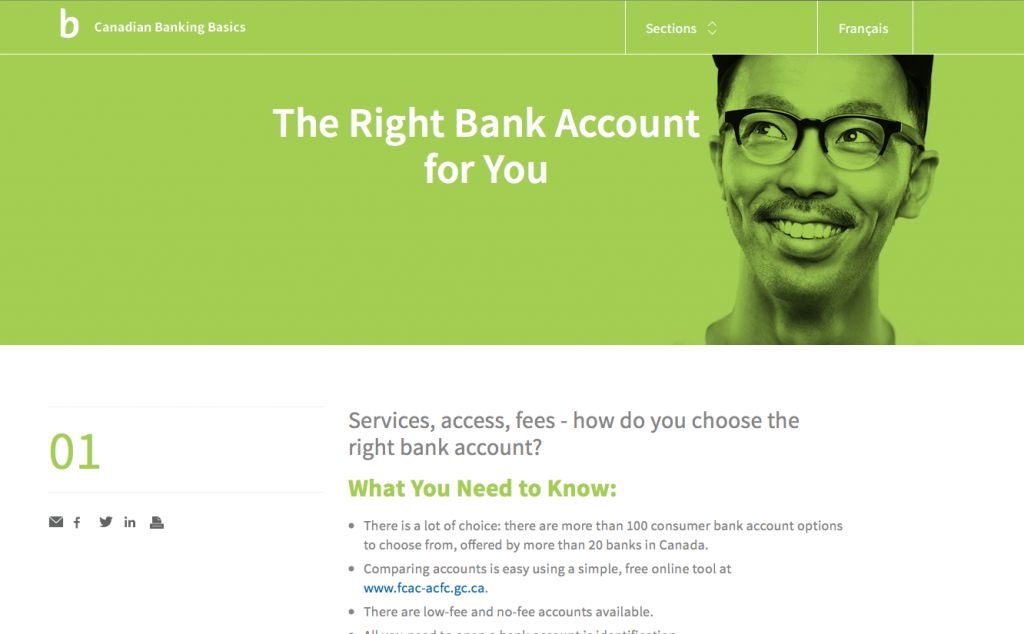
via
CBA
Finally, one web trend that we can expect to see transfer over to FIs in a big way is putting less information on every page.
Currently, financial services websites are dense with information, relying on ageing navigation and search principles to help users find their way.
But the real solution is to simply streamline the content itself.
We can expect fewer navigation menus and less content per page to encourage a positive mobile experience and keep users laser focused on what they need.
And as apps and other digital journey tools continue to be developed, FIs will simply need less content to serve their customer – something their groaning information architecture is sure to be thankful for.
